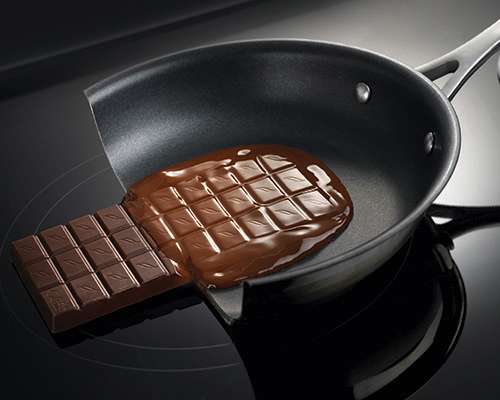Why You Should Purchase GreenPan Cookware
GreenPan non-stick cookware was the first to feature a ceramic non-stick coating, Thermolon™, made of minerals instead of plastics.
The patented Thermolon™ is extremely heat-resistant up to high temperatures so if you accidentally overheat your pan no potentially harmful fumes will be released and the coating will not blister or peel. GreenPan cookware does not need a high heat and we recommend not using a very high temperature (450° or above) as damage could occur to the surface - but as we said you never need to have the pans this high!!
GreenPan offers different shapes, sizes and materials for its cookware so you can choose from hard anodised aluminium, aluminium, stainless steel, tri-ply stainless steel or cast iron, and pieces such as woks, skillets, sautés, chefs pans, frying pans and saucepans in different sizes. Depending on the particular product range, GreenPan cookware is suitable for all hobs including induction.
As well as the coating, what sets GreenPan apart from the rest is its environmental credentials – this cookware really is a ‘green’ pan!
So what's green about GreenPan?
The ceramic coating Thermolon™ is a natural mineral material and it is applied in an energy-saving process (at a lower heat) which results in up to 60% less CO2 emitted, compared with the production of PTFE (plastic) -coated cookware.
All the GreenPan ranges use recycled material in the bodies and handles. The packaging is made of recycled materials in a bleach-free process, using the minimum amount of ink.
Then there's the cooking performance
High heat is needed only for searing and browning or stir-frying. Food is released really easily with ceramic non-stick so it is not necessary to use any oil, although you can if you want to add a little oil for its flavour or to crisp up food.
Most of the GreenPan ranges carries the name of a place where significant discussions about environmental issues took place e.g. Kyoto – in 1997, the Kyoto Convention saw the creation of the Kyoto Protocol to regulate worldwide emissions of CO2.
The "Do's and Don'ts"
Don't use too high a heat.
Do wash thoroughly after use, to avoid a build up of fat on the surface as this can "block" the non-stick performance.
Although "dishwasher safe", we recommend hand washing, as dishwasher salt attacks the non-stick coating.

























Leave a comment